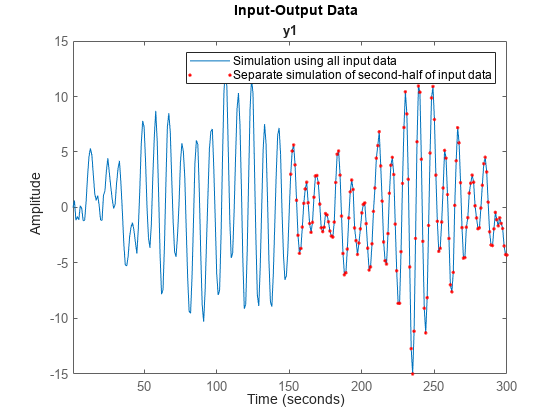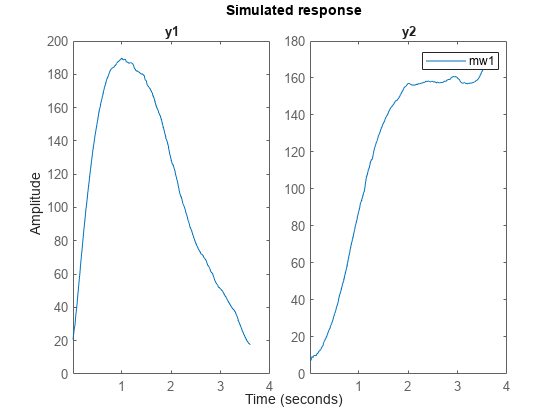data2state
Map past data to states of state-space and nonlinear ARX models
Description
X = data2state(sys,PastData)sys.
PastData can be a timetable, a comma-separated input/output matrix pair, or a
time-domain iddata object.
For timetables and data objects, data2state matches the
input/output channels based on the channel names in sys and
ignores nonmatching channels.
X contains the state values at the time instant immediately
after the most recent data sample in PastData. The software
computes the state estimates by minimizing the 1-step ahead prediction error between
predicted response and output signal in PastData.
data2state is useful for continued model
simulation. That is, suppose you have simulated a model up to a certain
time instant and would like to then simulate the model for future
inputs. Use data2state to estimate states of
the model at the beginning of the second simulation.
Examples
Input Arguments
Output Arguments
Version History
Introduced in R2008aSee Also
idnlarx/findop | findstates | getDelayInfo | sim | order

